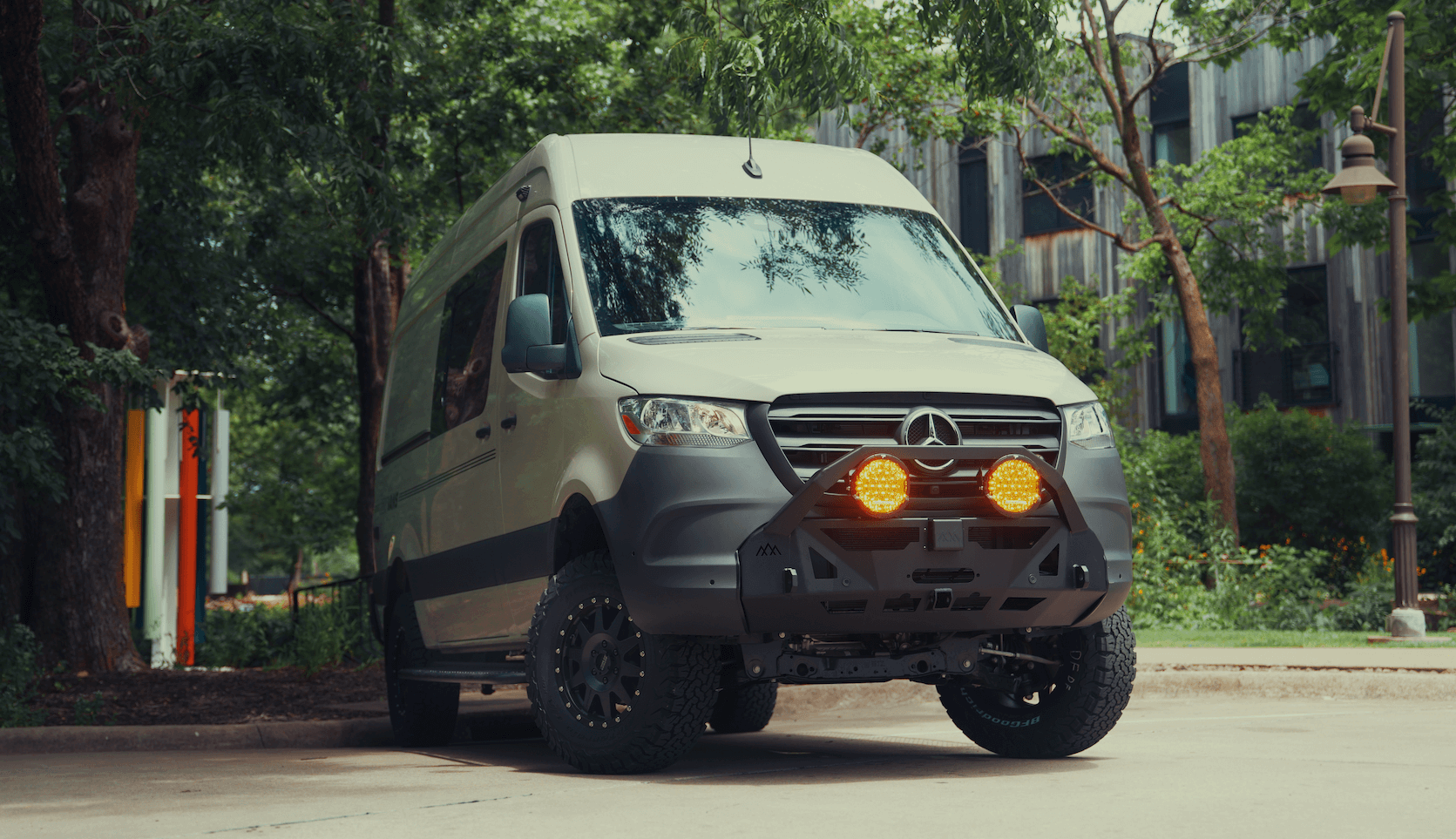Recreational Vans

Air conditioning is a loop. The supply side pushes conditioned air into the space, and the return air path brings room air back to the coil to be cooled again. If the return is narrow, blocked, or routed poorly, the blower works harder, airflow drops, and the coil can freeze. You also get more noise, uneven temperatures, and higher energy use. In compact interiors like vans and towables, the return has to be planned early, or furniture and storage will choke the airflow. A smooth return path keeps pressure low, air velocity reasonable, and comfort consistent.
Think in terms of free area, not just grille face size. Many grilles only have 60 to 70 percent free area after accounting for slats and screens. As a rule of thumb, target total return free area equal to the supply free area, and often up to 1.2 times supply to keep velocity down. Lower velocity means quieter operation and less dust movement. For packaged rooftop units and compact ducted systems, follow the airflow rating in cubic feet per minute and match returns accordingly. If you are unsure, choose the larger grille set rather than adding elbows and long chases.
Return noise comes from two places: high air speed and turbulence. Wide returns, gentle transitions, and radiused openings keep the flow smooth. Acoustic liner in a return chase can cut high frequency blower noise. Every return should protect the coil with a cleanable filter. In tight builds, a shallow media filter or washable screen behind the grille works well, as long as it is easy to access. Place the filter where you can remove it without tools to encourage regular service.
Avoid pulling return air from hot mechanical cavities or dusty storage. Keep returns sealed from battery compartments and fuel vapors. Moisture management matters too. A starved coil runs cold and can ice, then drip as it thaws. Balanced return airflow helps maintain the proper temperature split across the coil, which keeps humidity removal steady and prevents condensation surprises inside cabinets.
Short, straight, and wide wins in vans. Route the return directly to the air handler with minimal turns. When doors close across the airflow, add transfer grilles or louvered panels to provide a path. Door undercuts help but often do not provide enough area on their own. Many builders create a plenum under a bed platform or bench and feed a large toe kick grille at floor level. That keeps return air near occupant level and away from radiant heat at the ceiling.
Place returns away from supply outlets to avoid short cycling. You want the return to sample mixed room air, not pull air straight from a vent. In long wheelbase layouts, using two or three modest grilles tied to a shared return cavity can reduce path restriction and even out sound. Seal joints to prevent whistle noises. If you can hear a tea kettle sound at the grille, the path is too tight.
In mobile settings, vibration can amplify panel noise. Stiffen thin panels around return openings and decouple the grille frame with foam tape. A few millimeters of clearance between cabinetry and the air handler can prevent buzzes at certain fan speeds.
Clogged filters, stuffed storage bays, and rugs against toe kick grilles are frequent culprits. If the face of the return grille feels very cold during cooling, the coil may be starved for air. Listen for changes in blower tone as you open and close cabinet doors that sit along the return path. A noticeable pitch change points to restriction.
Quick diagnostics help:
If you must use flex duct, keep it stretched and supported. Any sag creates ripples that add resistance. Where space is scarce, choose a wider, flatter return path rather than a small round duct that will be noisy.
When we design cooling for compact platforms, the return air path is planned alongside cabinetry, power systems, and storage so nothing fights the airflow. We size the return free area to keep fan speed comfortable, route the path to avoid short cycling, line the chase to reduce noise, and use serviceable filters you can reach in seconds. Before handoff, we test airflow and sound so the system feels calm at night, not like a fan in a box.
Our team builds complete custom vans and partial upfits that include clean return air solutions, tuned ducting, and tidy access panels. That way, cooling stays efficient on the hottest trailhead afternoons and the interior remains quiet.
Strong airflow starts with a smart return. If your current layout struggles with noise or inconsistent cooling, we can evaluate the path, correct restrictions, and finish with pro grade materials and precise fit.
Tell us about your platform and cabin layout. We will map a proper return, right size the grilles, and deliver a quiet, efficient AC system that matches your travel style.
Ready for quiet, efficient cooling in your van? Our team designs and builds return air paths that reduce noise, lower restriction, and protect your AC investment. Share your platform and goals, and we will map a clean return, size the grilles, and finish everything to shop standard. Start your custom upfit today.
ADDRESS:
6159 E Huntsville Rd, Fayetteville, AR 72701
PHONE:
(479) 326-9200
EMAIL:
info@ozkvans.com